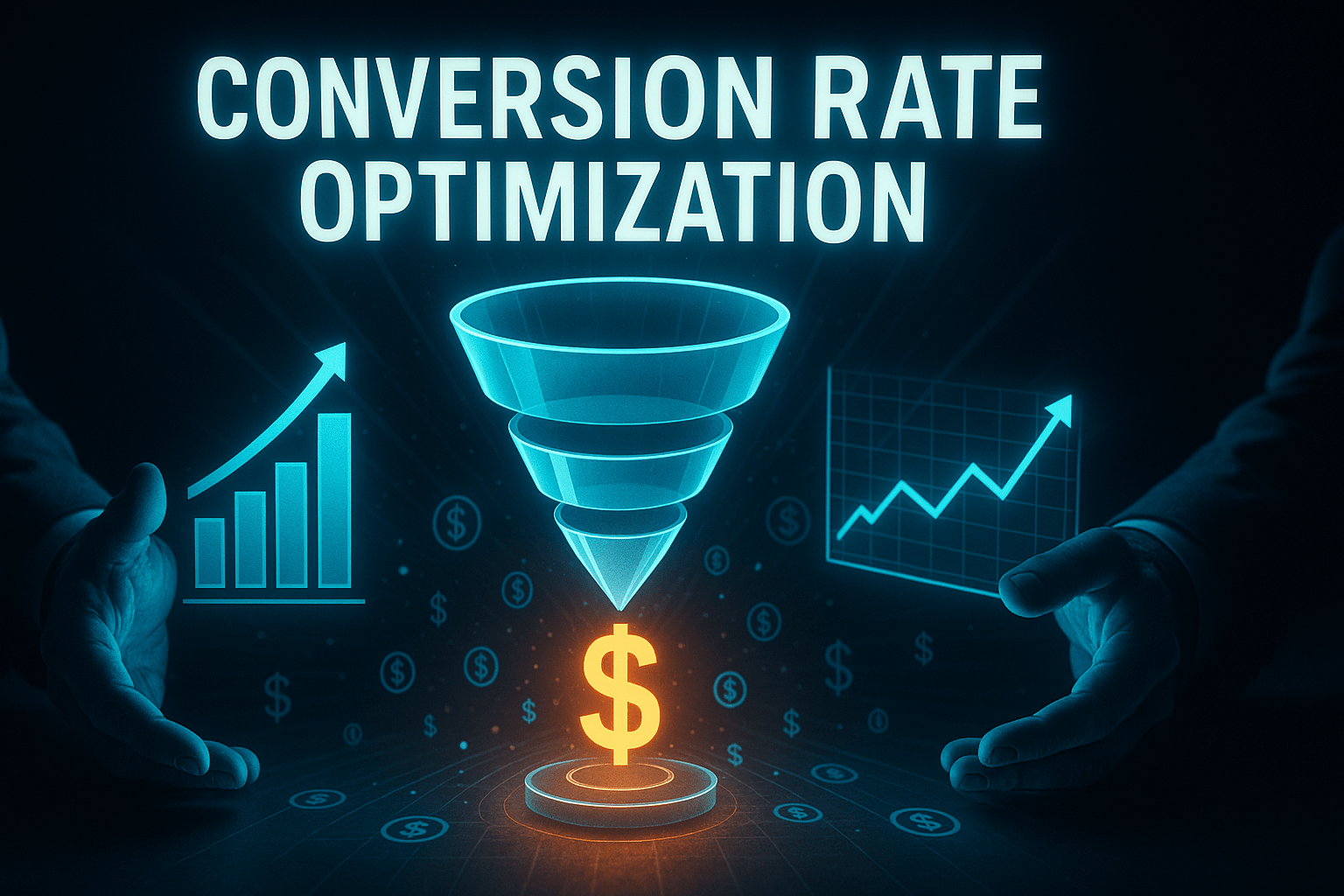How K-12 & Tutoring Companies Use Conversion Rate Optimization to Turn More Visitors Into Enrolled Students
by Design Delulu Editorial · October 5, 2025
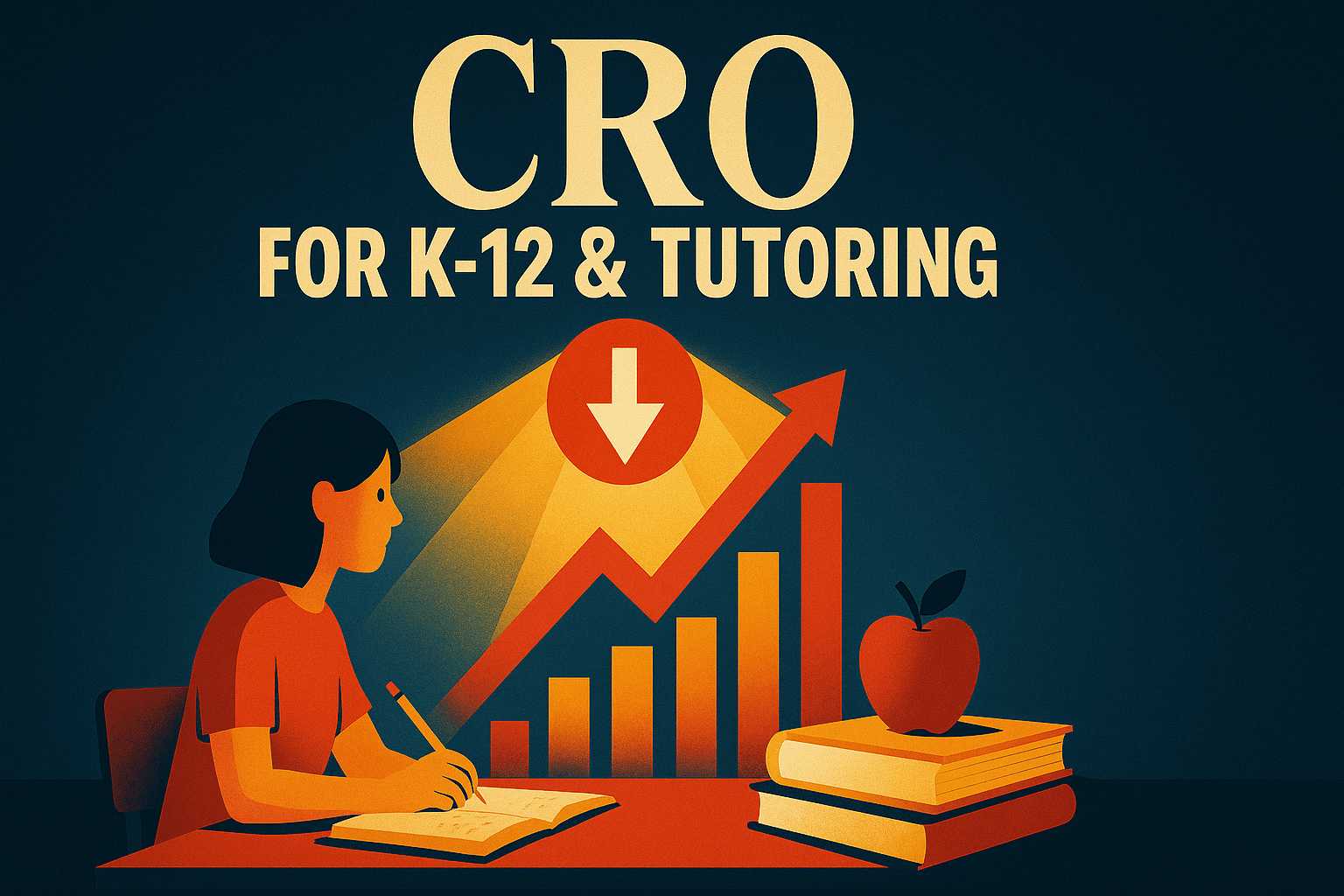
Every parent who visits your website represents a potential enrollment. Conversion rate optimization ensures you're not leaving opportunities on the table.
For K-12 schools and tutoring centers, the gap between website traffic and actual enrollments can be frustratingly wide. Parents research exhaustively before making education decisions, comparing programs, reading reviews, and evaluating whether your approach aligns with their child's needs. When your website fails to answer their questions quickly, showcase compelling outcomes, or make enrollment straightforward, they simply move to the next option. Conversion rate optimization (CRO) bridges this gap by systematically testing and improving every element of your digital experience—from the first search result parents see to the final enrollment form they complete.
The stakes are particularly high in education marketing. Unlike e-commerce where buyers make quick purchasing decisions, parents need reassurance, proof of results, and clarity about your teaching methodology before committing. This extended consideration period means your website must work harder at every stage of the journey. Strategic CRO identifies exactly where parents hesitate, what information they need to move forward, and which friction points cause them to abandon the enrollment process. By addressing these issues through data-driven experimentation, tutoring businesses and K-12 programs can dramatically increase enrollment rates without spending more on advertising.

Why Conversion Rate Optimization Matters for Education Businesses
Educational services face unique conversion challenges that generic marketing approaches simply can't solve. Parents are making high-stakes decisions that affect their children's academic futures, which means they require more convincing than typical consumers. They want to see proven track records, understand your teaching philosophy, verify instructor qualifications, and ensure their investment will produce measurable results. Without strategic optimization, even the best tutoring programs struggle to communicate these value propositions effectively.
Traditional advertising becomes exponentially more expensive each year, making efficient conversion critical for sustainable growth. If you're paying $50 per website visitor through paid search but only converting 2% into consultations, you're spending $2,500 to acquire each qualified lead. By doubling that conversion rate to 4% through systematic optimization, you cut that cost in half—suddenly you're generating the same number of leads for half the investment. For small to mid-sized tutoring businesses operating on tight margins, this efficiency gain often means the difference between profitable growth and struggling to break even.
Beyond immediate financial impact, conversion optimization reveals profound insights about what parents actually value versus what you think they value. Your testing might reveal that parents care less about curriculum details than about flexible scheduling options, or that testimonials from other parents convert better than academic credentials. These insights inform not just your website, but your entire go-to-market strategy—from how you position programs to which features you emphasize in sales conversations. CRO transforms guesswork into evidence-based decision making.
The Complete Framework for K-12 & Tutoring Conversion Optimization
Effective conversion rate optimization for educational services follows a systematic process that combines qualitative research with quantitative testing. The framework begins with comprehensive discovery to understand your current funnel performance, identify the highest-impact opportunities, and establish baseline metrics that will measure success. This foundation ensures optimization efforts focus on changes that actually move business outcomes rather than pursuing vanity metrics that don't correlate with enrollments.
Research and Hypothesis Development
Before launching any tests, successful CRO programs invest time understanding why visitors behave the way they do. This research phase combines multiple data sources: analytics platforms reveal where users drop off in the enrollment funnel, heatmaps show which page elements attract attention, session recordings demonstrate actual user behavior, and surveys capture direct feedback about barriers to enrollment. For K-12 and tutoring businesses, particular attention goes to parent intent—are visitors researching generally, comparing specific programs, or ready to schedule a consultation?
Strong hypotheses emerge from this research by connecting observed problems to potential solutions. Rather than testing random changes, each experiment targets a specific friction point with a clear rationale for why the proposed change should improve conversions. For example: "If we add outcome-focused student testimonials above the fold on program pages, we'll increase consultation requests by 20% because session recordings show parents spending significant time looking for social proof." This structured approach ensures testing resources focus on high-probability improvements.
Strategic Test Prioritization
Not all optimization opportunities deliver equal impact. The ICE framework (Impact, Confidence, Ease) helps prioritize which tests to run first by scoring each hypothesis across three dimensions. Impact measures potential effect on business goals, confidence reflects how certain you are the change will work, and ease considers implementation complexity. A simple headline change on your homepage might have high ease but low impact, while redesigning the entire enrollment flow has high impact but low ease. The sweet spot is high-impact, high-confidence changes that don't require months of development.
For education businesses, prioritization should weight tests that affect high-traffic pages and critical conversion points. Optimizing a program detail page that receives 10,000 monthly visitors will deliver more aggregate value than perfecting a checkout page that only 200 people reach. Similarly, tests that address early-funnel friction (helping visitors understand program fit) often yield bigger gains than late-funnel optimizations (simplifying the final enrollment form), because improving the top of the funnel increases the number of qualified prospects who reach later stages.
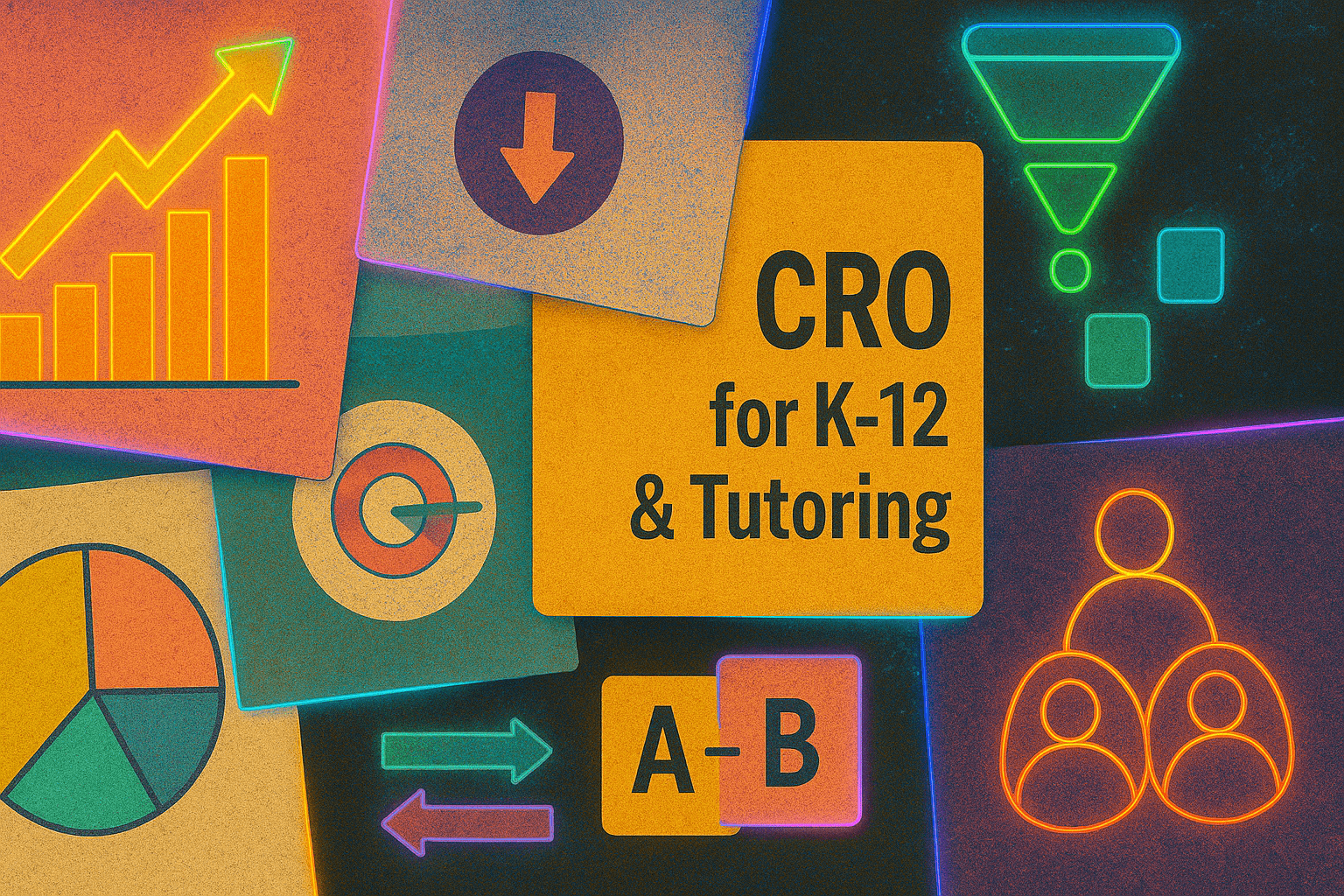
Implementation and Testing Methodology
Proper test execution requires technical precision and statistical discipline. A/B testing platforms split your traffic between control (current version) and variant (optimized version), ensuring each visitor sees a consistent experience and results reach statistical significance before declaring a winner. For educational services with longer sales cycles, it's crucial to track not just immediate conversions but downstream outcomes—did the consultation actually occur, did it result in enrollment, and what was the lifetime value of that student?
Test duration and sample size requirements vary based on your traffic volume and typical conversion rates. A high-traffic tutoring platform might reach statistical significance in a week, while a specialized K-12 program with lower volume might need 4-6 weeks per test. Running tests too short produces unreliable results prone to false positives, while extending them unnecessarily delays implementation of winning variants. Statistical calculators help determine the right balance based on your specific traffic patterns and the minimum effect size you want to detect.
Analysis and Learning Application
The real value of conversion optimization extends beyond individual test wins to accumulated learning about your audience. When a test succeeds, document why it worked and which audience segments responded most strongly. When tests fail, investigate why the hypothesis didn't hold—perhaps the wrong problem was diagnosed, or the solution didn't adequately address the friction point. This knowledge compounds over time, building an optimization playbook specific to your business that informs future tests and broader marketing decisions.
For K-12 and tutoring businesses, pattern recognition across multiple tests often reveals overarching themes. You might discover that parent testimonials consistently outperform student testimonials, that pricing transparency increases conversions despite conventional wisdom suggesting otherwise, or that mobile users convert at dramatically different rates and need a distinct experience. These insights should flow back into your overall marketing strategy, sales training, and product development priorities.
High-Impact Optimization Opportunities for Education Businesses
While every tutoring business and K-12 program has unique optimization needs, certain leverage points consistently deliver strong results across the education sector. Understanding these common high-impact areas helps you focus initial testing efforts where they're most likely to produce meaningful improvements.
Messaging and Value Proposition Clarity
Parents make enrollment decisions based on whether they believe your program will solve their specific problem. Generic messaging about "quality education" or "experienced tutors" fails to differentiate you from competitors or address the particular concerns driving someone's search. Testing different value propositions—whether emphasizing test score improvements, college admission success, confidence building, or addressing learning differences—helps identify which angles resonate strongest with your target audience.
Effective value proposition tests go beyond simple headline swaps to examine entire message hierarchies. What should parents see first? Which outcomes deserve the most prominent real estate? How much explanation is too much versus too little? For specialized programs like SAT prep tutoring or dyslexia intervention, parents need enough detail to understand your methodology, but not so much technical information that they feel overwhelmed. Strategic testing finds the optimal balance that builds confidence without creating confusion.
Social Proof and Credibility Signals
Educational decisions carry higher perceived risk than most purchases because parents are entrusting their children's development to your program. Strong social proof mitigates this anxiety by demonstrating that other families have succeeded with your approach. However, not all social proof formats work equally well—testing reveals whether your audience responds better to video testimonials, written reviews, quantitative outcomes ("95% of our students improved by at least one letter grade"), third-party ratings, or specific case studies.
Placement and presentation of social proof matters as much as the content itself. Parents researching tutoring options want quick validation that they're in the right place, suggesting social proof should appear prominently on key landing pages and program pages. Conversely, overwhelming visitors with too many testimonials can backfire by making the page feel cluttered and salesy. Testing different quantities, formats, and positions helps strike the right balance between building credibility and maintaining a clean, professional presentation.
Enrollment Process Simplification
The gap between "interested visitor" and "enrolled student" contains numerous potential friction points. Each additional form field, each extra click, and each moment of confusion about next steps increases the likelihood that a parent will abandon the process to handle something else—and possibly never return. Optimization focuses ruthlessly on removing unnecessary barriers: Can you reduce a five-step enrollment to three? Can you eliminate fields that aren't essential for initial contact? Can you provide clear progress indicators so parents know how close they are to completion?
For many education businesses, the biggest enrollment opportunity lies in offering multiple conversion paths suited to different parent preferences. Some parents want to schedule a consultation immediately, others prefer downloading a program guide first, and still others want to email questions before committing to a call. Testing which options to offer, how prominently to display each, and how to position them relative to each other helps capture the broadest possible range of interested prospects rather than forcing everyone through a single, potentially unsuitable conversion path.

Measurement and Continuous Improvement
Conversion optimization is not a one-time project but an ongoing discipline that requires consistent measurement, analysis, and iteration. Establishing the right measurement framework ensures you're tracking metrics that actually correlate with business success rather than vanity metrics that look impressive but don't drive revenue. For educational services, this means connecting website behavior to real-world outcomes like consultation bookings, enrollment completions, student retention, and lifetime value.
Effective measurement systems create a single source of truth that everyone in the organization can reference. This typically involves a customized dashboard that shows conversion rates at each funnel stage, cost per acquisition by marketing channel, test results and their impact on key metrics, and trending performance over time. Weekly reviews of this dashboard ensure the team catches problems early, celebrates wins quickly, and maintains focus on the metrics that matter most. Quarterly strategic reviews step back to evaluate whether optimization priorities need adjustment based on seasonal trends, competitive changes, or shifts in business strategy.
The most sophisticated education marketers connect front-end conversion metrics to back-end business outcomes. If your CRO program doubles consultation requests but those consultations convert to enrollment at half the previous rate, you haven't actually improved business performance—you've just shifted where the problem occurs. True optimization requires understanding the entire customer journey and ensuring improvements at one stage don't create problems downstream. This might mean tracking not just whether someone enrolled, but whether they completed the program, renewed for additional sessions, and referred other families.
Frequently Asked Questions
Let’s level up your K-12 & Tutoring business
Need services that actually move the needle for K-12 & Tutoring? See our approach, pricing, and timelines—then book a quick call.
Additional Resources
- Schedule a Strategy Call
Book a complimentary 30-minute conversion optimization consultation. We'll review your current funnel performance, identify your highest-impact optimization opportunities, and outline a customized testing roadmap for your K-12 or tutoring business.
- View Our Portfolio
Explore real-world examples of conversion rate optimization projects we've completed for K-12 schools, tutoring centers, and educational service providers. See the strategies, tests, and results that helped education businesses increase enrollments and reduce acquisition costs.
- Free Marketing Tools
Access our collection of free tools designed for education marketers, including conversion rate calculators, A/B test duration estimators, landing page analyzers, and enrollment funnel templates that help you identify and prioritize optimization opportunities.
Related Reading
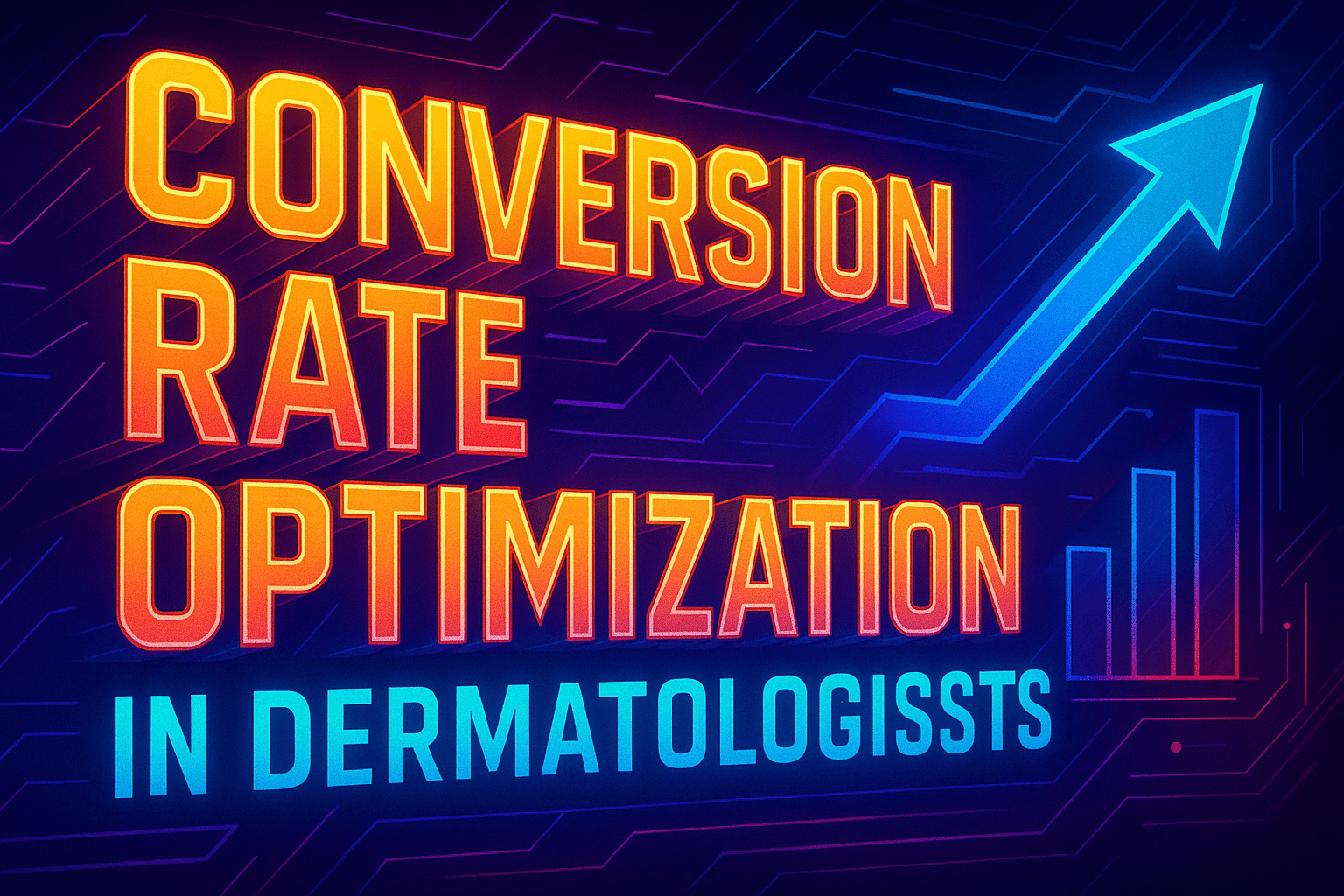
Proven conversion rate optimization strategies for dermatology practices. Increase patient bookings with A/B testing, landing page optimization, and data-driven improvements.
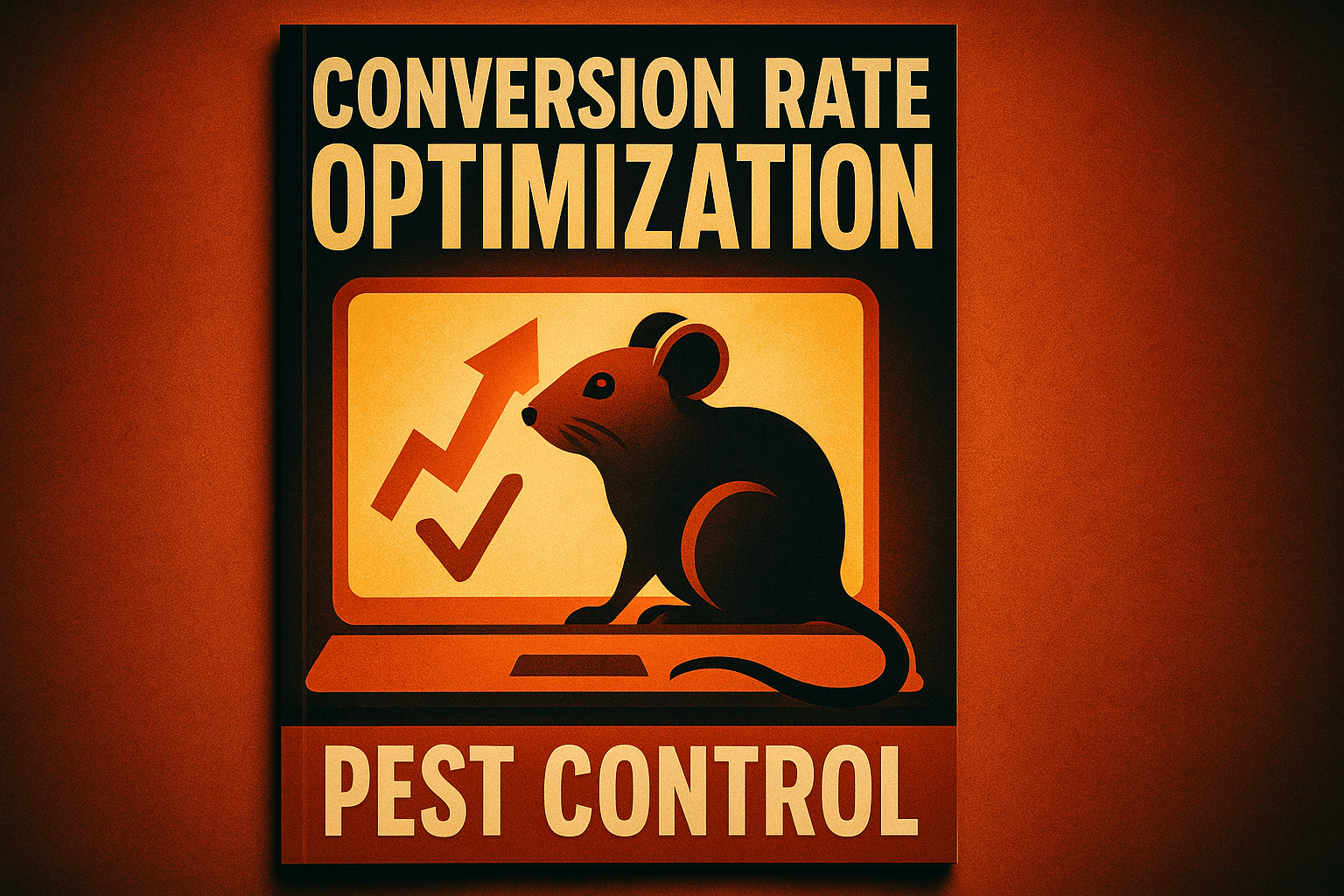
Maximize pest control leads with proven conversion rate optimization. Get A/B testing, landing page optimization, and data-driven strategies that increase bookings.
